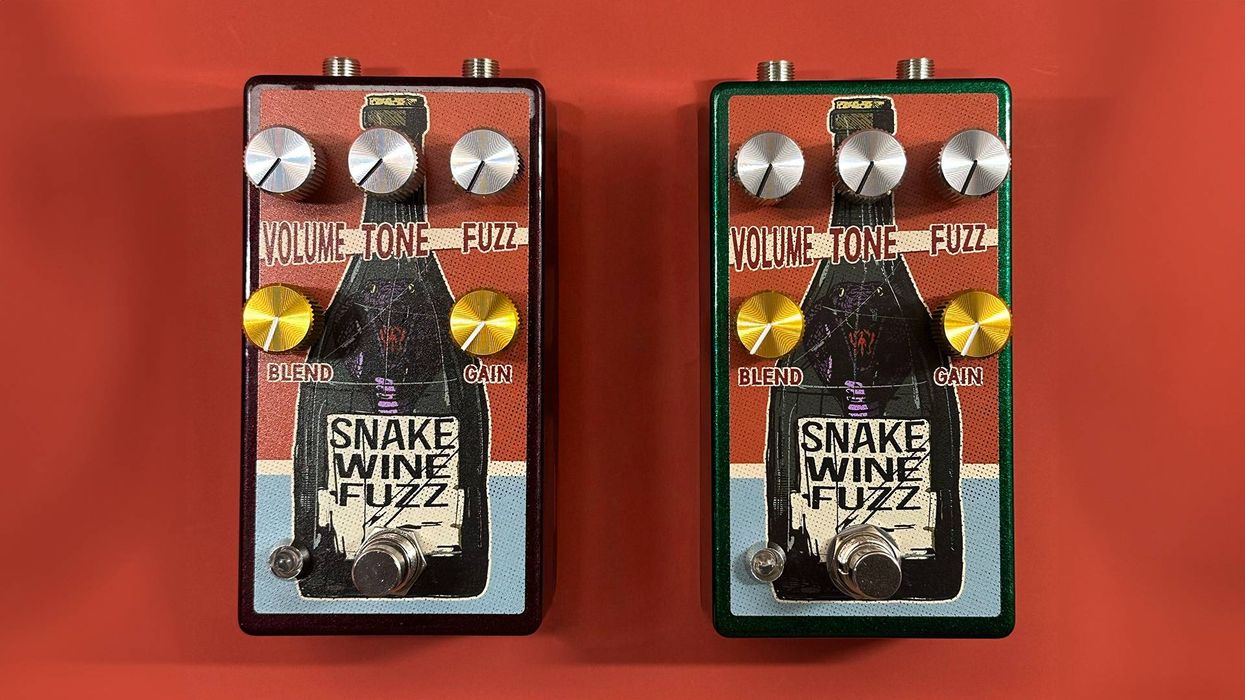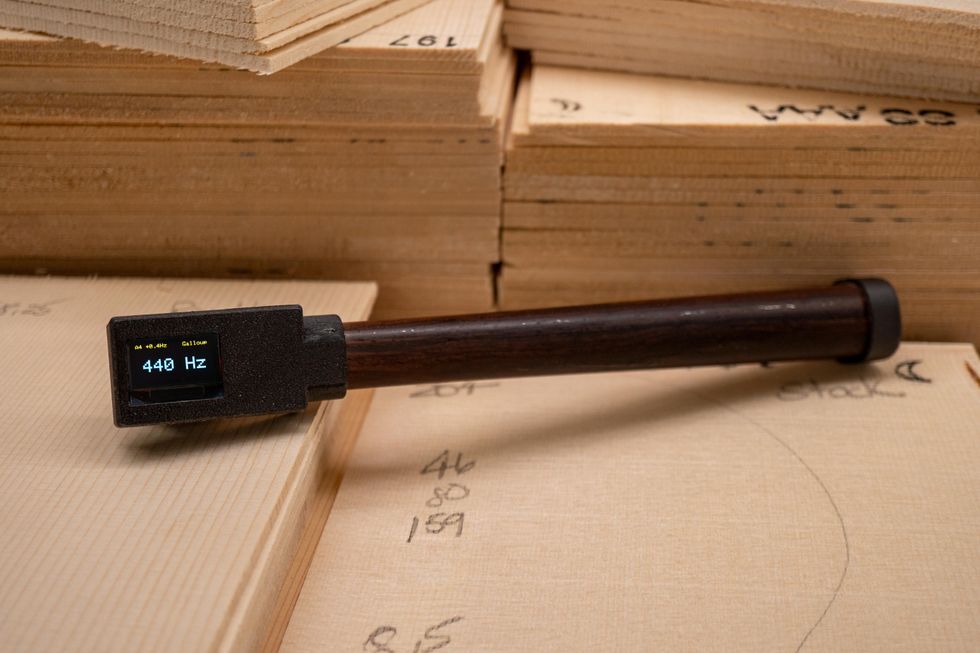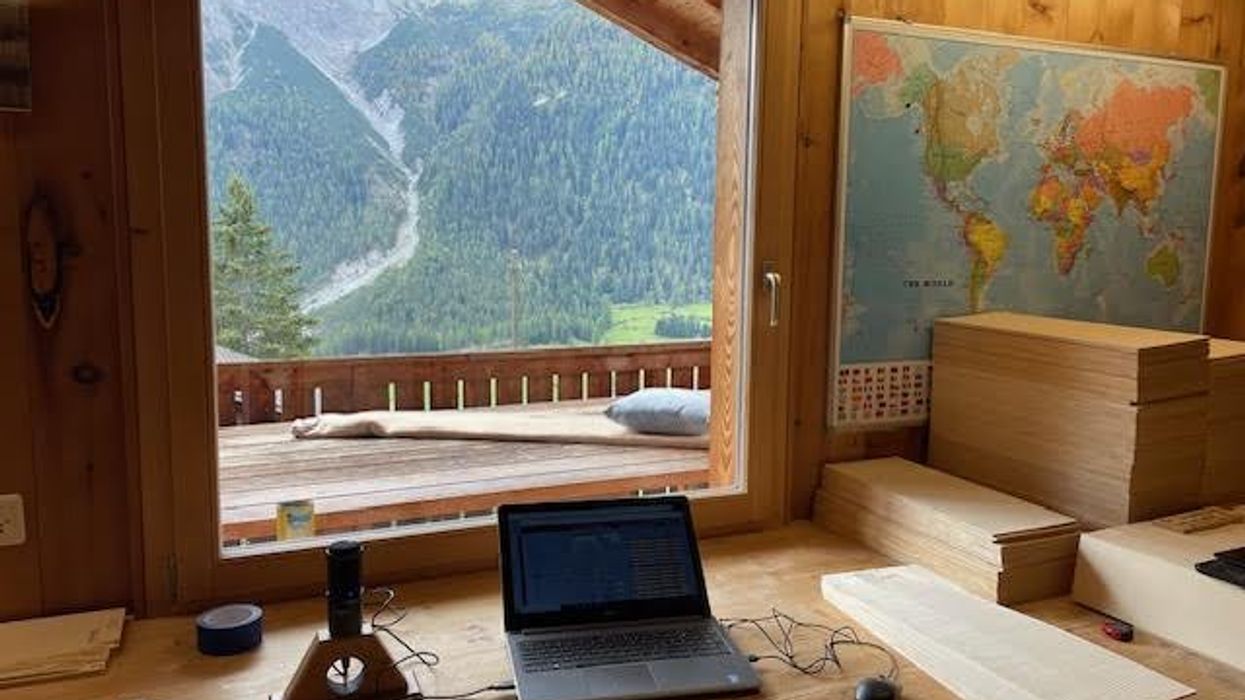Over the last century, one of the most interesting developments in the instrument world was the introduction of harnessed electricity to the realm of sound waves. The ability to convert a mechanical motion into some sort of electric current was a significant advancement for music. In the world of guitar, this technology took two separate tracks.
One method was to use the motion of vibrating strings to alter a magnetic field, and induce electrical current into a coil of wire. While this approach works so well that the guitar community invented a new form of guitar around the idea, the method primarily focuses on the motion of the metal strings alone, and draws little direct influence from the vibrating, resonant air box we now call an acoustic guitar. The second track incorporates a technique known as piezoelectricity.
Piezoelectricity is useful in the world of instruments, because this technique is capable of converting any motion into electrical current, rather than only the motion of magnetically sensitive steel strings. For acoustic guitars, this means we can carefully place the converting device in a location that can gather vibration from both the strings and our beloved resonating boxes.
While it sounds like complicated science, the idea behind piezoelectricity is simple. Some crystals, like quartz, have an irregular molecular shape. In other words, the atoms that make up this material arrange themselves into a shape that balances the electrical charge in each molecule, but don’t form a physically symmetrical shape. Since it isn’t a perfectly solid and stable shape, pressing or stretching this material can physically distort it. When that happens, more positively or negatively charged atoms are shoved over to one side of the molecule than the other. Since voltage is the difference between electric charges, squishing these crystals out of shape creates voltage between the atoms on one side of the crystal and the other.
To make this squishy characteristic useful, the crystal is laminated between two electrical conductors. When these conductors are pressed on, the crystals shove a negative charge toward one side and a positive charge toward the other, converting the mechanical force into an electrical current gathered by the two conductors. While it doesn’t produce a lot of electrical current, it produces enough to work with.
For the acoustic guitar, a big challenge is deciding where to put this device. We want to amplify the sound of the entire guitar, but we have only a tiny chip of crystal to do it with. The vibrating top of the guitar is a surface measured in square feet, while a chip of piezoelectric crystal has a size averaging a few square millimeters. The result is like looking at a large painting while standing inches away from the canvas, and peering at the artwork only through the narrow confines of a drinking straw. Clearly, we won’t see the whole picture.
As a result, pickup makers choose the spot where the most critical action is: right at the saddle. While far from perfect, this spot will experience fairly direct vibration from both the strings and the vibrating body of our guitar. Exactly where around the saddle the device is placed will yield different results. As you can imagine, the closer the device is to the strings themselves, the more those strings will influence the output signal. Moving the device farther from the strings and toward the vibrating body of the guitar will shift the influence of the sound away from the strings and toward the sound of the guitar’s vibrating wood.
While it seems obvious to locate the crystals with the saddle to achieve a good blend of strings and body, the amount a piezo crystal can be squeezed is limited. In other words, there’s only a small range it can be compressed and still respond to movement. String pressure applied directly to a crystal is often close to this limit. Since the voltage a crystal offers starts at zero with no pressure, and increases until it can’t be pressed any further, the best dynamic range will be found when the crystal is held with very low pressure in a resting, non-vibrating state.
For a conventional under-saddle piezo element, anything that alters the baseline pressure applied to crystal—such as string gauge and tension, or the angle the strings bend over the saddle—will have significant impact on the amplified sound of your acoustic guitar, and its ability to offer a balanced sound in terms of string-to-string output and overall tonal color.







![Rig Rundown: AFI [2025]](https://www.premierguitar.com/media-library/youtube.jpg?id=62064741&width=1245&height=700&quality=70&coordinates=0%2C0%2C0%2C0)


![Devon Eisenbarger [Katy Perry] Rig Rundown](https://www.premierguitar.com/media-library/youtube.jpg?id=61774583&width=1245&height=700&quality=70&coordinates=0%2C0%2C0%2C0)






